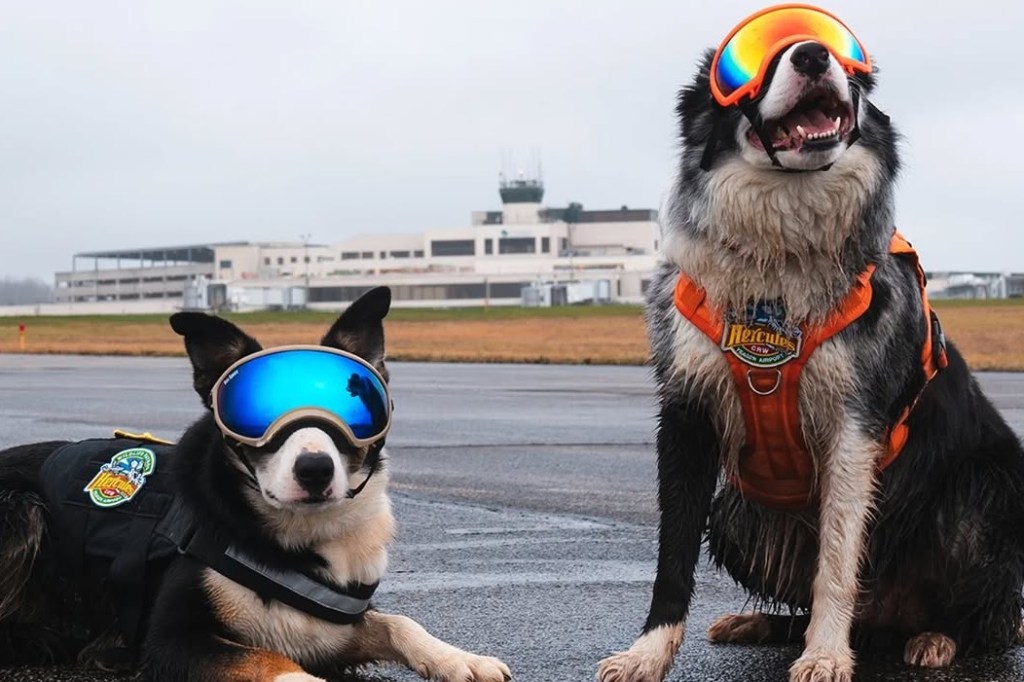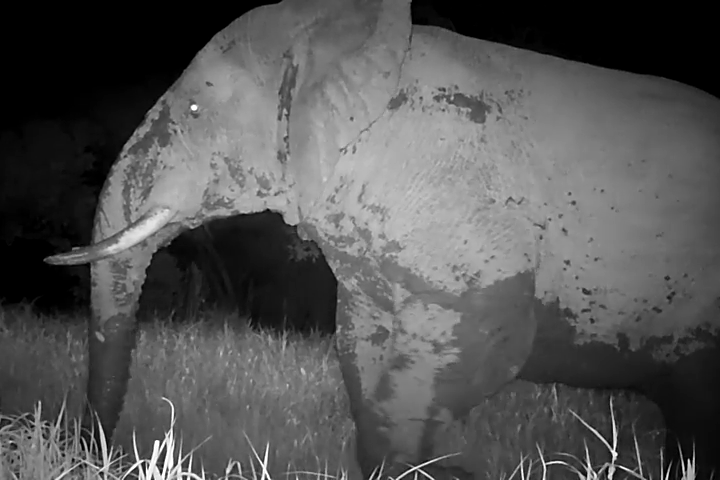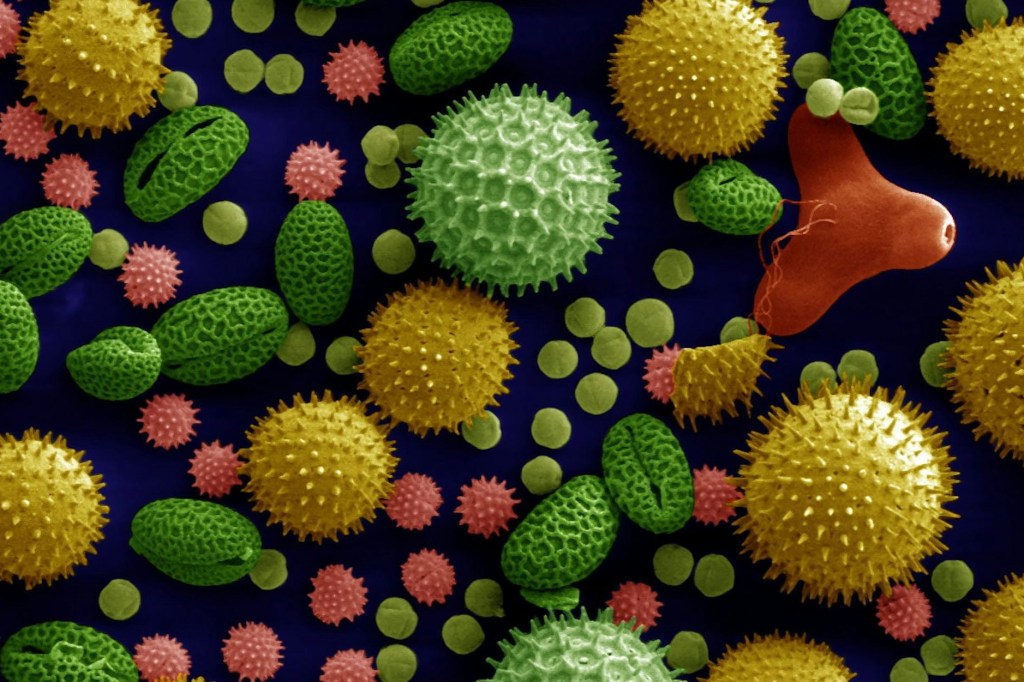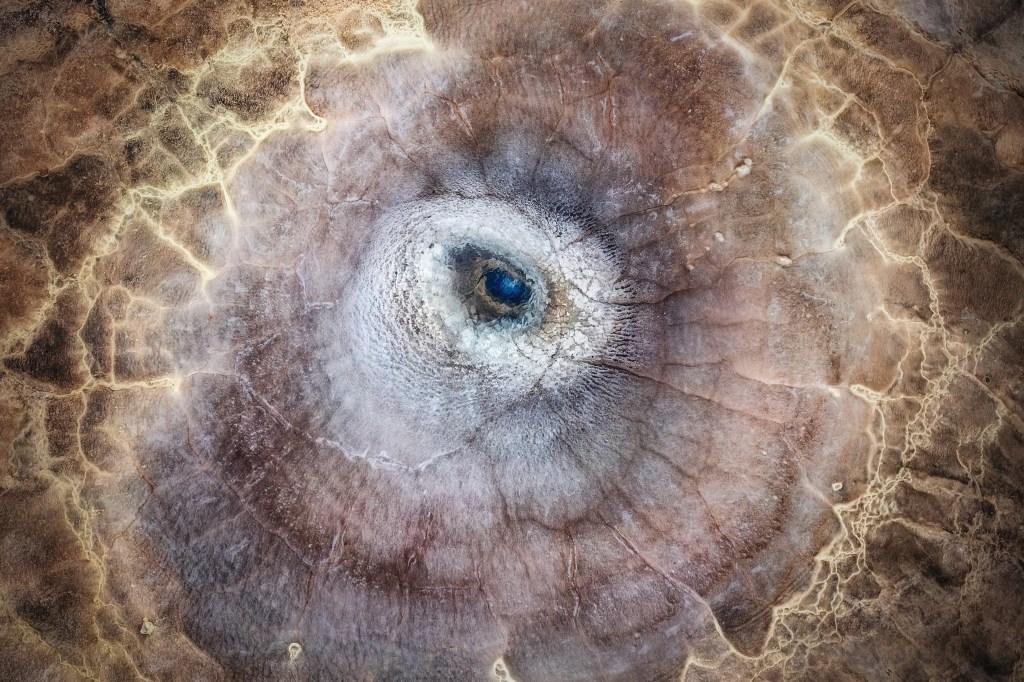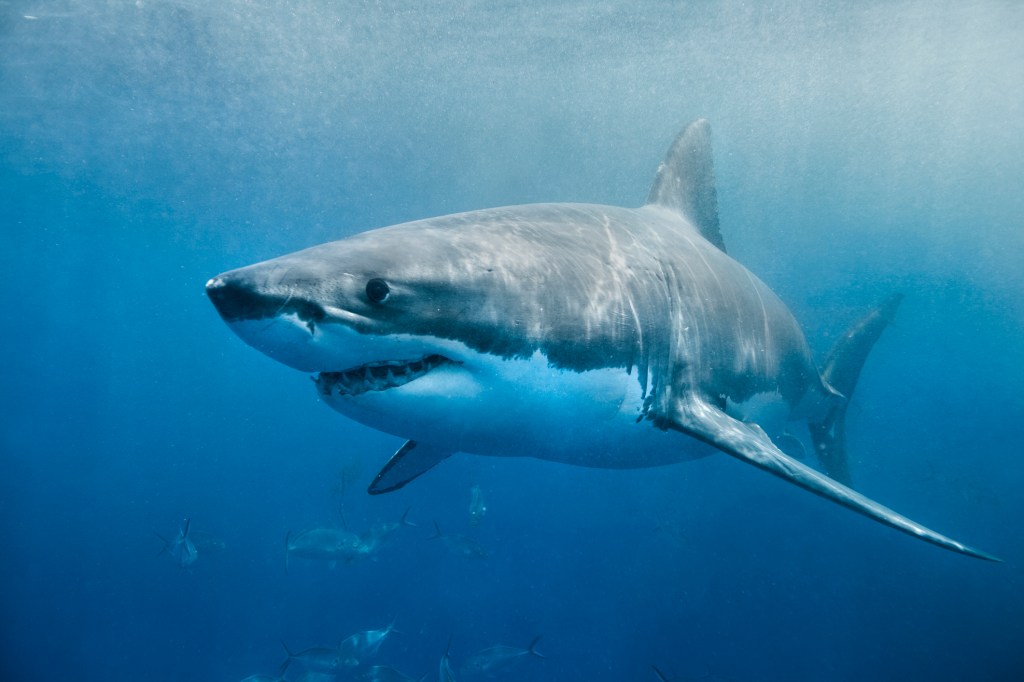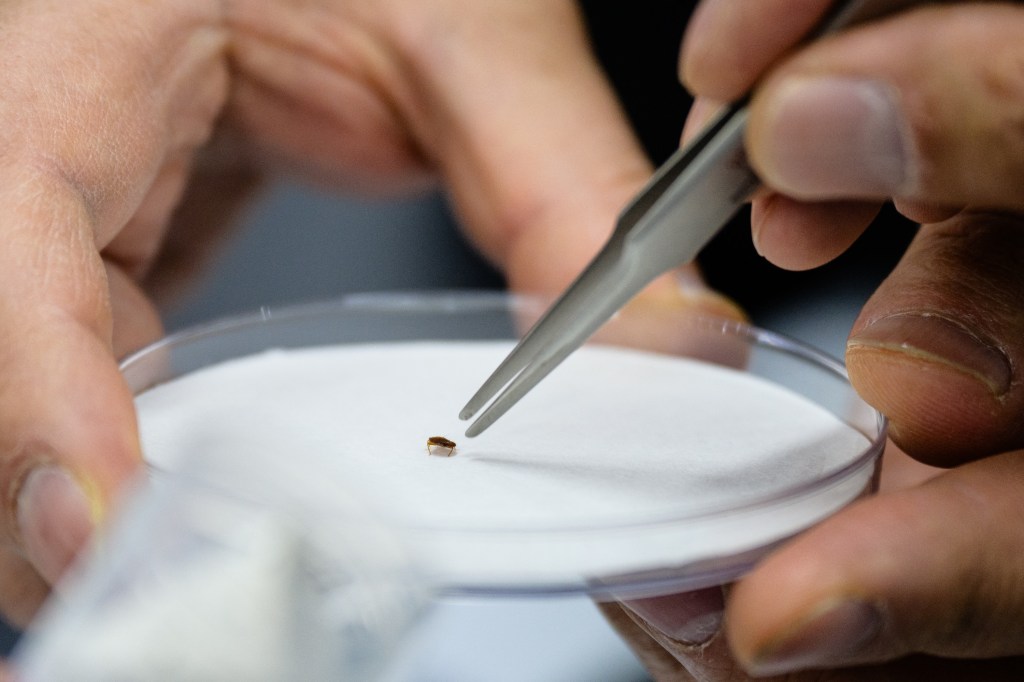Baby Penguins Get Pedicures at UK Zoo to Stop Keepers From Confusing Them
Baby penguins getting their nails did is inherently adorable, but at Blackpool Zoo in England, where these pedicures are taking place, they also serve a purpose: preventing keepers from mixing the chicks up. One chick from each pair in a nest box has had its toenails painted with blue nail polish, so the baby birds’ health checks, weights, and developmental progress can be accurately recorded. Known for their fast swimming and strong flippers, Magellanic penguins are native to Argentina and Chile. The 10 males and 13 females at the Lancashire zoo are the only ones of their kind in the U.K., and they’re now enjoying their newly expanded Penguin Cove habitat.
Baby Penguins Get Pedicures at UK Zoo to Stop Keepers From Confusing Them Continue Reading »


